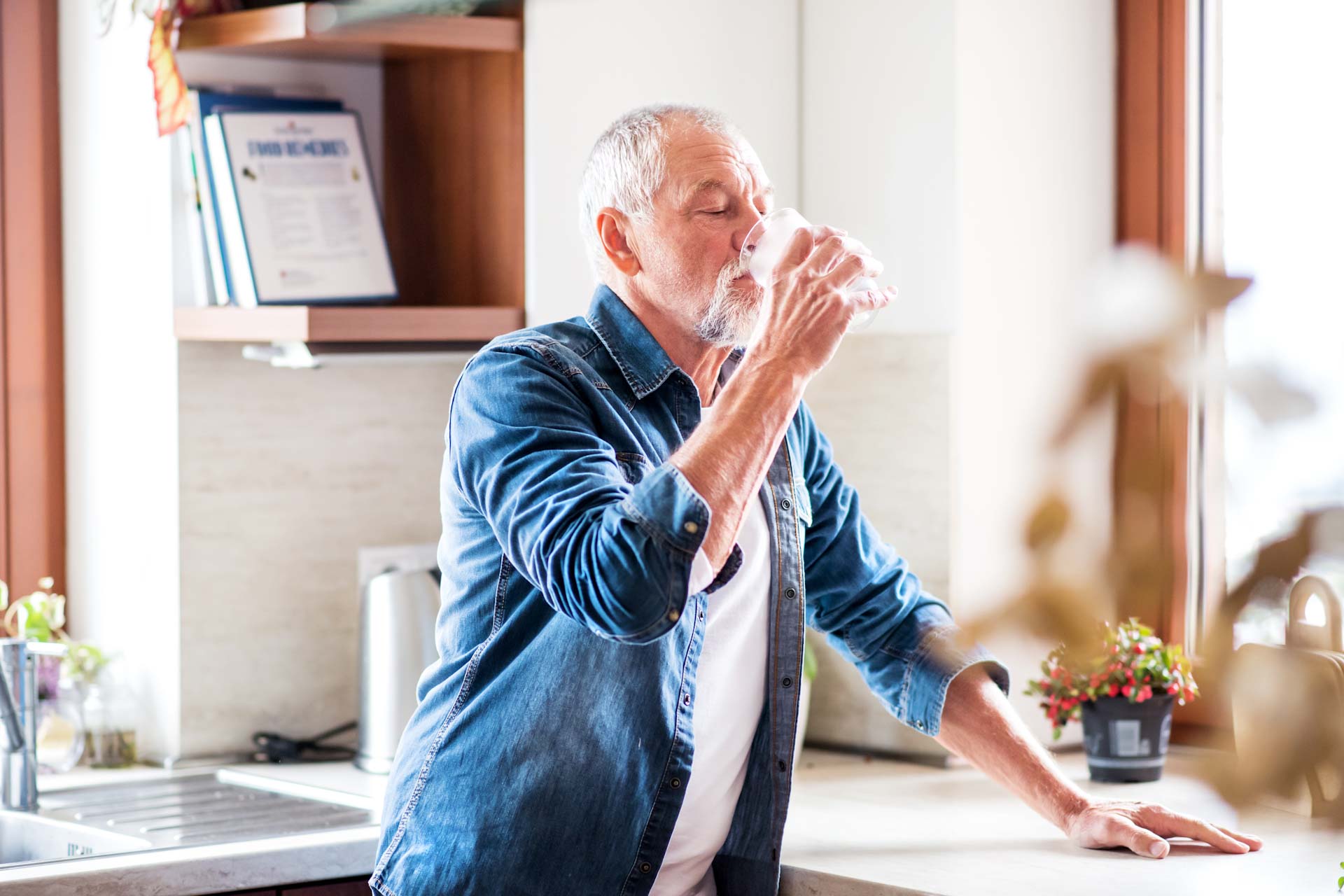Dehydration in Elderly-Signs & Prevention Advice


Why is Dehydration More Common in the Elderly?
Older people are more susceptible to dehydration than younger people. This is partly due to a lack of thirst sensation and changes in the water and sodium balance that naturally occurs. As we age, our bodies contain less water, partly because our kidneys become less efficient. (At birth, we are about 75 percent water, but an elderly body is about 50 percent water)
The elderly also tend to use numerous drugs and medications for conditions that can increase the need to urinate. Elderly people also might stop drinking as much as they are worried about having to go to the toilet at night and falling or having an accident. Awareness is the first step in avoiding the health problems that can be caused by a lack of fluids.
The Signs of Dehydration in the Elderly
In elderly people, the effects of being dehydrated can progress quickly, so you must act fast if you suspect dehydration and be aware of early signs. In the initial stages, you can tell if an elderly person is dehydrated by checking for the following signs of mild dehydration:
- Cracked lips
- Dry mouth
- Dry skin, particularly in the armpits
- Less frequent urination than normal
More severe effects of dehydration in the elderly are:
- Dark-coloured urine (instead of what it should be: the colour of pale straw)
- Strong-smelling urine
- Dizziness
- Increased heart rate
- Muscle cramps
- Crying without tears
- Confusion
- Irritability
- Fatigue
- Headaches
- Fainting

How to Prevent Dehydration in the Elderly & Vunerable
With a few proactive strategies, preventing dehydration in the elderly is possible. Being aware of the risks is a good first step.
1. Get fluids in through all means not just drinking
Many foods contain a lot of water. Vegetables, most fruits, and soups can all contribute to your daily fluid intake. (In fact, when elderly people stop eating, they increase their risk for dehydration because they are no longer getting any fluids from food.) Try using a little creativity by making ice lollies with fruit juice or blending smoothies with fresh greens.
2. Use technology to track and trigger
Check out some of the many apps (such as Hydro Coach or WaterMinder) that can track the number of drinks you consume in a day or that notify you when it’s time for a drink.
3. Keep drinks nearby and visible.
Seniors often miss out on drinking fluids because they simply forget or can’t access them. Keep a water bottle close to hand.
4. It doesn’t just have to be water
Some people find water a bit too boring. Adding a little juice or a flavoured drink mix can boost its appeal. Sparkling water is also a nice change.
5. Create routines.
Adding fluid intake to daily routines will make drinking a habit. For example, if you take medication, drink a full glass of water with it.
Knowledge is the best prevention
Knowing the signs and risks of dehydration is the first step toward preventing it. Watch out for the warning signs of dehydration in yourself and your elderly loved ones. Although dehydration in elderly people can be serious, it’s also very much preventable and treatable.
